This section introduces the Autococker valve guide and the new valve, exploring their designs, functionalities, and performance differences. It sets the stage for a detailed comparison to help users make informed decisions.
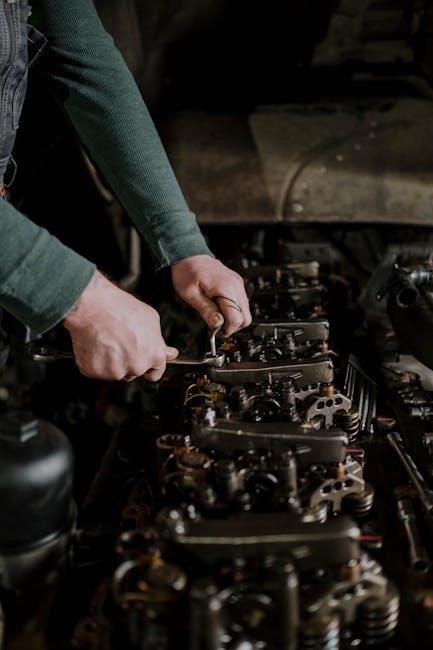
Overview of the Autococker Valve System
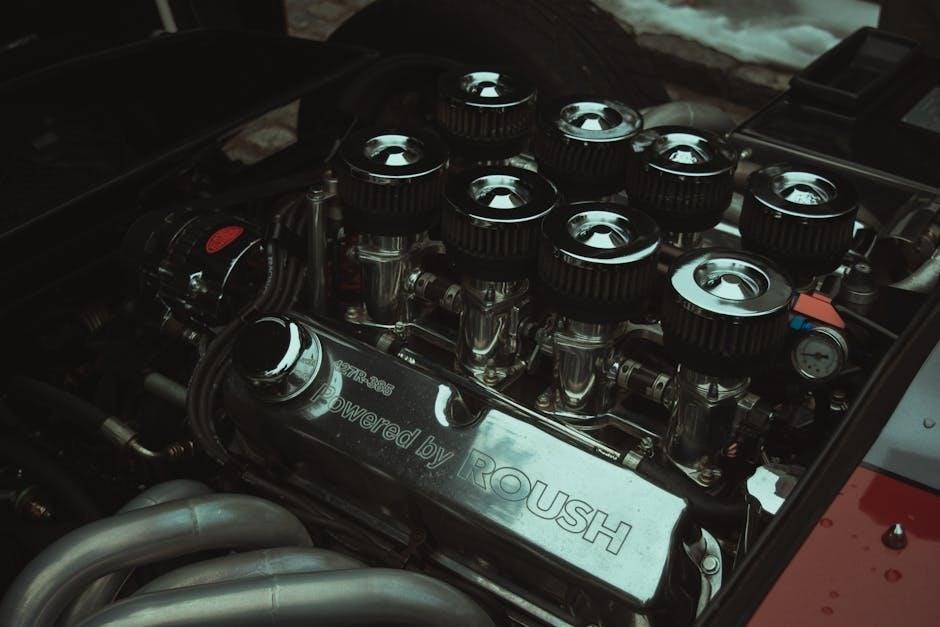
The Autococker valve system is a critical component in paintball markers, responsible for regulating gas flow and ensuring consistent performance. It operates by controlling the release of compressed air, which powers the marker’s firing mechanism. The valve system includes a valve spring and a valve pin, which work together to seal and release air flow. Proper installation and adjustment of these components are essential for optimal functionality. Over time, innovations like the new valve have emerged, offering improved efficiency and durability. Understanding the valve system’s operation is key to appreciating the advancements in newer designs. This section provides a foundational understanding of the Autococker valve system, setting the stage for comparing it with the new valve.
Importance of Valves in Paintball Markers
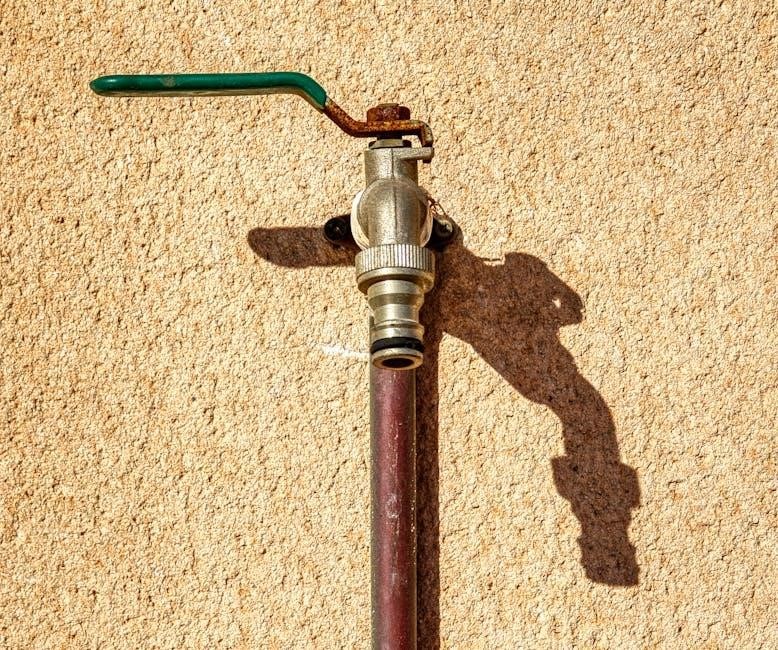
Valves play a vital role in paintball markers, as they regulate the flow of compressed air that powers the firing mechanism. A well-functioning valve ensures consistent performance, accuracy, and efficiency. It controls the release of air, directly affecting the marker’s ability to fire paintballs smoothly and reliably. Proper valve operation prevents air leaks, maintains optimal pressure, and enhances overall marker reliability. In competitive paintball, a high-performance valve can significantly impact a player’s accuracy and shooting experience. The importance of valves is underscored by their role in balancing gas flow and ensuring consistent firing rates. As paintball technology evolves, advancements in valve design continue to improve marker efficiency and consistency, making them a focal point for innovation and comparison in the sport.
Design and Functionality of the Autococker Valve Guide
The Autococker valve guide features a robust structure designed to optimize airflow and enhance performance. Its durable materials ensure consistent and reliable operation during gameplay.
Structure and Components of the Valve Guide
The Autococker valve guide is crafted with precision to ensure optimal performance. It features a sleek, lightweight design with a durable housing that protects internal components. The guide includes a valve spring, valve pin, and an internal screw that adjusts tension. These components work harmoniously to regulate airflow and maintain consistent pressure. The valve pin’s position is critical, as it directly impacts the marker’s velocity and accuracy. The internal screw allows for fine-tuning, enabling players to customize the valve’s performance to their preferences; This robust structure ensures reliability and longevity, making it a trusted choice for players seeking consistent gameplay. The valve guide’s simplicity and effectiveness have solidified its reputation as a cornerstone of the Autococker system.
How the Valve Guide Affects Performance
The valve guide plays a critical role in the Autococker’s performance by regulating airflow and maintaining consistent pressure. Its design ensures smooth operation, directly impacting the marker’s accuracy and reliability. Proper adjustment of the valve spring tension and internal screw allows for fine-tuning, enabling players to achieve optimal velocity and consistency. The valve guide’s ability to seal effectively is essential for preventing air leaks, which can disrupt performance. Additionally, it influences the marker’s overall efficiency by managing post-regulator volume, a key factor in maintaining consistent shot-to-shot performance. A well-functioning valve guide ensures that the Autococker operates reliably under various conditions, making it a vital component for players seeking precision and control in their gameplay.
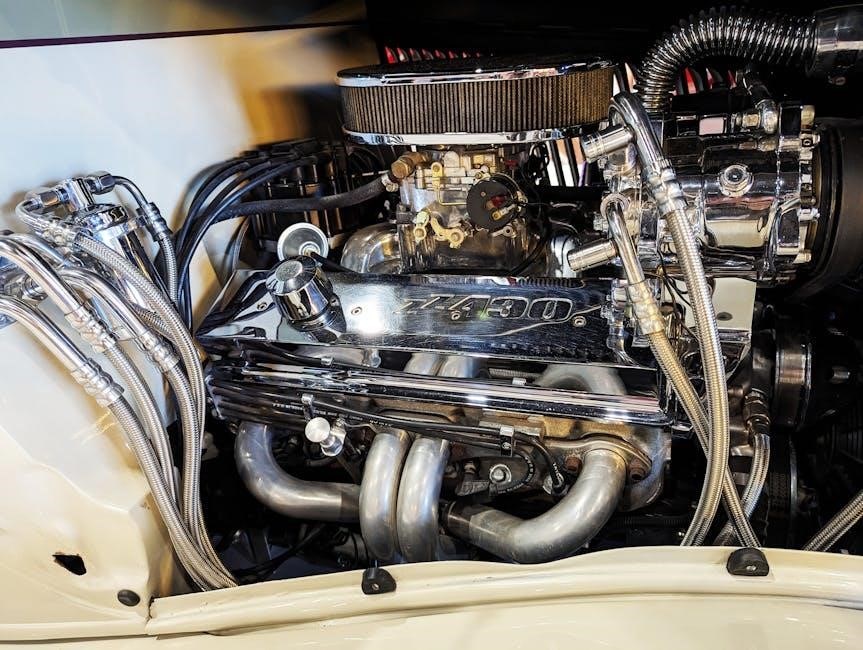
Installation and Maintenance Tips
Installing the Autococker valve guide requires careful alignment and tightening of the internal screw using a 5/16 Allen key. Ensure the valve pin is properly positioned and sealed to maintain consistency. Regular maintenance involves cleaning the valve guide and checking for wear. Adjusting the spring tension can fine-tune performance, but over-tightening should be avoided to prevent damage. Proper lubrication of moving parts is essential for smooth operation. Players should also monitor the post-regulator volume to ensure optimal airflow and consistency. Regular inspection of the valve guide and surrounding components can help identify potential issues before they affect performance. Proper installation and maintenance are critical for maximizing the valve guide’s efficiency and longevity in the Autococker system.
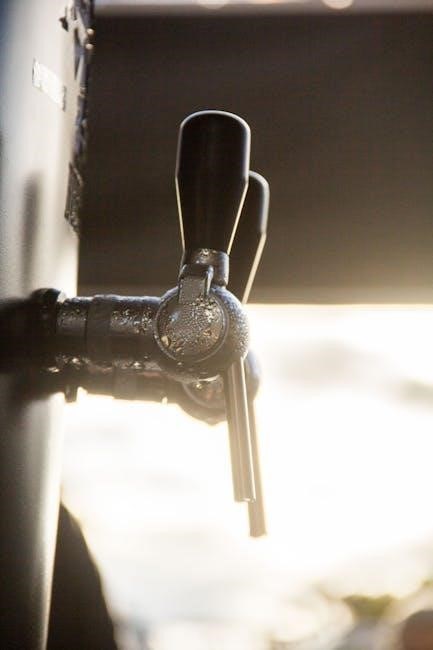
Design and Functionality of the New Valve
The new valve features an innovative design with a poppet valve system, delivering smooth performance and minimal recoil. Its intuitive build enhances reliability and ease of maintenance.
Key Features and Innovations in the New Valve
The new valve incorporates a cutting-edge poppet system, offering enhanced airflow and reduced recoil. Its streamlined design improves consistency and efficiency, making it easier to maintain. Key innovations include improved sealing technology and a more responsive trigger pull, contributing to better overall performance.
Performance Improvements Over the Valve Guide
The new valve delivers significant performance enhancements compared to the traditional valve guide. It achieves higher flow rates and better pressure management, resulting in more consistent and reliable operation. Additionally, the new valve reduces recoil and improves trigger responsiveness, providing a smoother shooting experience. These advancements make it a superior choice for players seeking enhanced performance and durability in their markers.
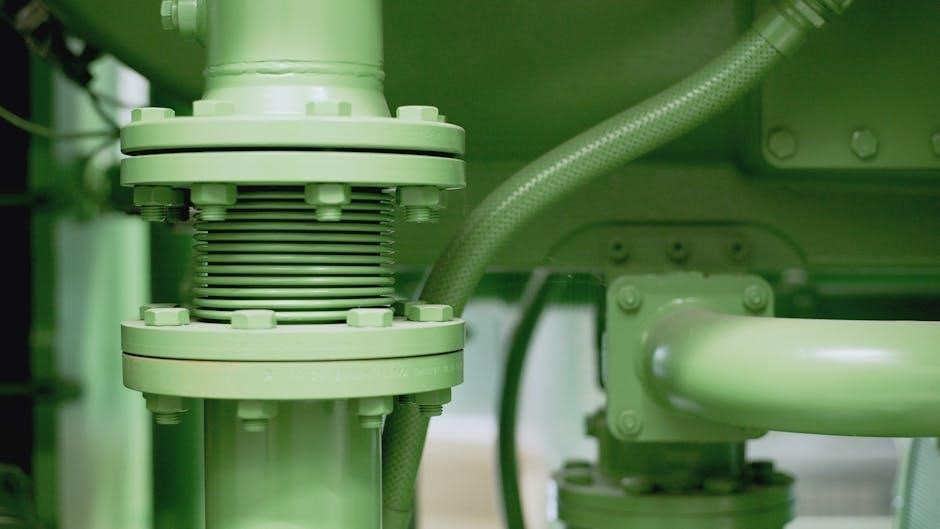
Installation and Maintenance Requirements
Installing the new valve requires careful alignment and adjustment of the spring tension to ensure proper sealing and performance. Maintenance involves regular cleaning of the valve and surrounding areas to prevent dirt buildup. Lubricating the valve spring periodically is recommended to maintain smooth operation. Unlike the valve guide, the new valve has a more durable design, reducing the need for frequent replacements. Proper installation and maintenance can significantly extend the lifespan of the valve and ensure consistent performance. Users should follow detailed guides or seek professional help if unsure about the process to avoid damaging the marker.
Performance Comparison Between the Valve Guide and New Valve
The new valve offers improved flow rates and efficiency compared to the valve guide, delivering more consistent performance and better pressure management, enhancing overall marker reliability and durability.
Flow Rates and Efficiency
The new valve demonstrates superior flow rates compared to the Autococker valve guide, ensuring smoother and more consistent airflow. Its optimized design allows for better energy transfer, resulting in more efficient gas usage. The valve guide, while reliable, often requires precise adjustments to achieve optimal performance. In contrast, the new valve’s streamlined architecture minimizes restrictions, enabling higher flow rates and improved responsiveness. This enhancement is particularly noticeable during rapid firing, where the new valve maintains consistent output without significant drop-off. Players benefit from reduced air consumption per shot, making the new valve a more efficient choice for competitive play. These improvements contribute to a more reliable and high-performing paintball marker experience.
Pressure Management and Consistency
The new valve excels in pressure management, offering enhanced consistency across a wide range of operating conditions. Its redesigned regulator and advanced seating geometry ensure stable airflow, even during rapid firing or with varying tank pressures. In contrast, the Autococker valve guide relies on precise tuning and adjustment to maintain consistent performance. While it is reliable, it can be more sensitive to pressure fluctuations, requiring frequent recalibration. The new valve’s improved pressure management reduces velocity variability, delivering more consistent shot-to-shot performance. This makes it a better choice for players seeking reliability without constant adjustments. The advancements in the new valve address common issues with the valve guide, providing a more user-friendly and consistent experience.
Durability and Longevity
The new valve demonstrates superior durability and longevity compared to the Autococker valve guide. Its robust construction and advanced materials reduce wear and tear, ensuring extended performance without degradation. The valve guide, while reliable, can experience increased wear over time, particularly in high-use scenarios. The new valve’s improved sealing technology and streamlined design minimize leaks and maintenance needs. Players who prioritize long-term reliability will find the new valve more durable, requiring less frequent replacements. In contrast, the valve guide may need more consistent upkeep to maintain optimal performance. Overall, the new valve offers a more sustainable solution for players seeking a low-maintenance, long-lasting option. This makes it a better investment for those who value durability and longevity in their equipment.

Cost and Value Analysis
Evaluating the cost and value of the Autococker valve guide and the new valve reveals differences in pricing, availability, and overall cost-effectiveness for various user groups and needs;
Price Points and Availability
The Autococker valve guide and the new valve differ significantly in pricing, with the valve guide often being the more affordable option for budget-conscious users. The new valve, featuring advanced innovations, typically comes at a higher price point due to its improved performance and durability. Availability varies, with the valve guide widely accessible through paintball retailers and online stores, while the new valve may be exclusive to certain distributors or direct manufacturer sales. Both components are relatively easy to find, but the new valve might require more effort to source, especially in specific regions. This accessibility ensures that users can choose based on their budget and preference for modern or traditional designs.
Cost-Effectiveness for Different Users
The Autococker valve guide is a cost-effective option for casual players and those on a budget, offering reliable performance without a hefty price tag. For tournament players or those seeking optimal efficiency, the new valve’s advanced features justify its higher cost, delivering better consistency and lower air consumption. Modders may prefer the valve guide for its simplicity and ease of customization, while competitive users will appreciate the new valve’s superior performance. Ultimately, the choice depends on individual priorities, with the valve guide being ideal for affordability and the new valve excelling for enhanced functionality. Both options provide value, catering to different user needs and preferences effectively.
Final Thoughts on the Valve Guide vs; New Valve

The Autococker valve guide and new valve each offer unique advantages, catering to different preferences and needs. The valve guide is praised for its simplicity, reliability, and cost-effectiveness, making it a great choice for players seeking a straightforward, budget-friendly solution. On the other hand, the new valve introduces innovative features, improved flow rates, and enhanced durability, appealing to those who prioritize high performance and consistency. Ultimately, the decision depends on whether the user values affordability and ease of maintenance or desires cutting-edge technology for superior functionality. Both options have their merits, ensuring that players can select the one that best aligns with their playing style and priorities.
Who Should Choose Which Option
The choice between the Autococker valve guide and the new valve depends on the user’s specific needs and preferences. Players prioritizing affordability and simplicity should opt for the valve guide, as it offers reliable performance at a lower cost. For those seeking advanced features, improved flow rates, and superior durability, the new valve is the better choice. Recreational players or those on a budget will appreciate the valve guide’s ease of maintenance and cost-effectiveness. In contrast, competitive players or those who demand high performance in tournament settings may find the new valve’s innovations worth the investment; Each option caters to different user profiles, ensuring optimal satisfaction based on individual requirements and expectations.
